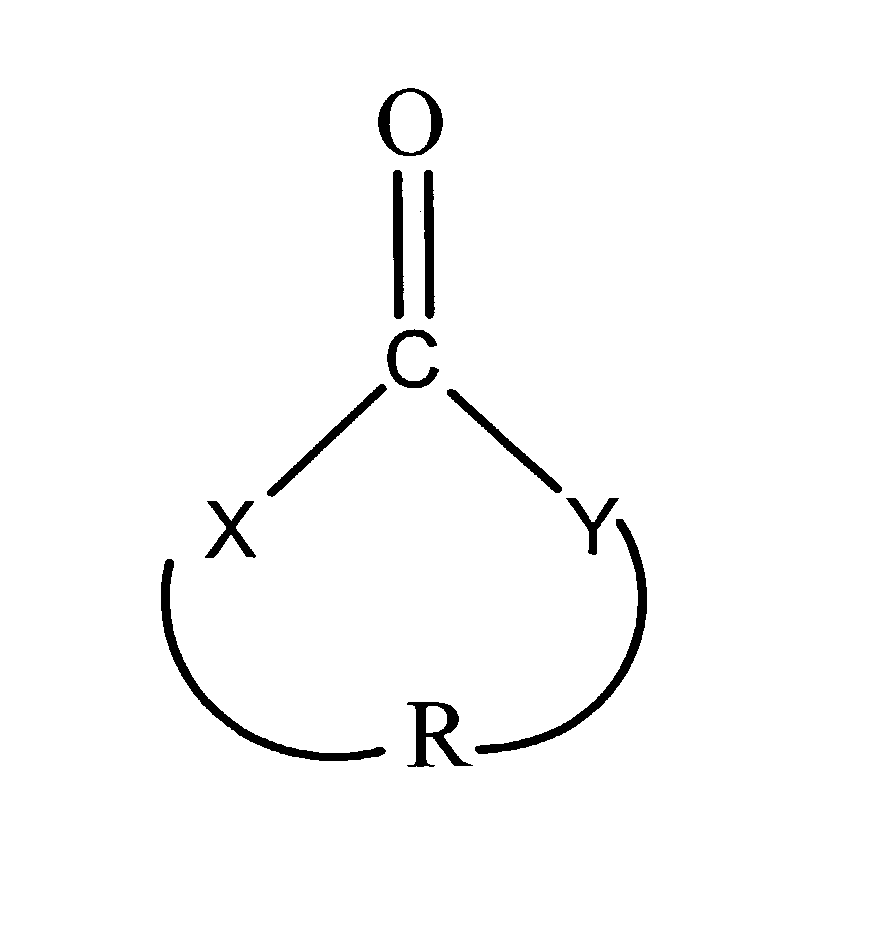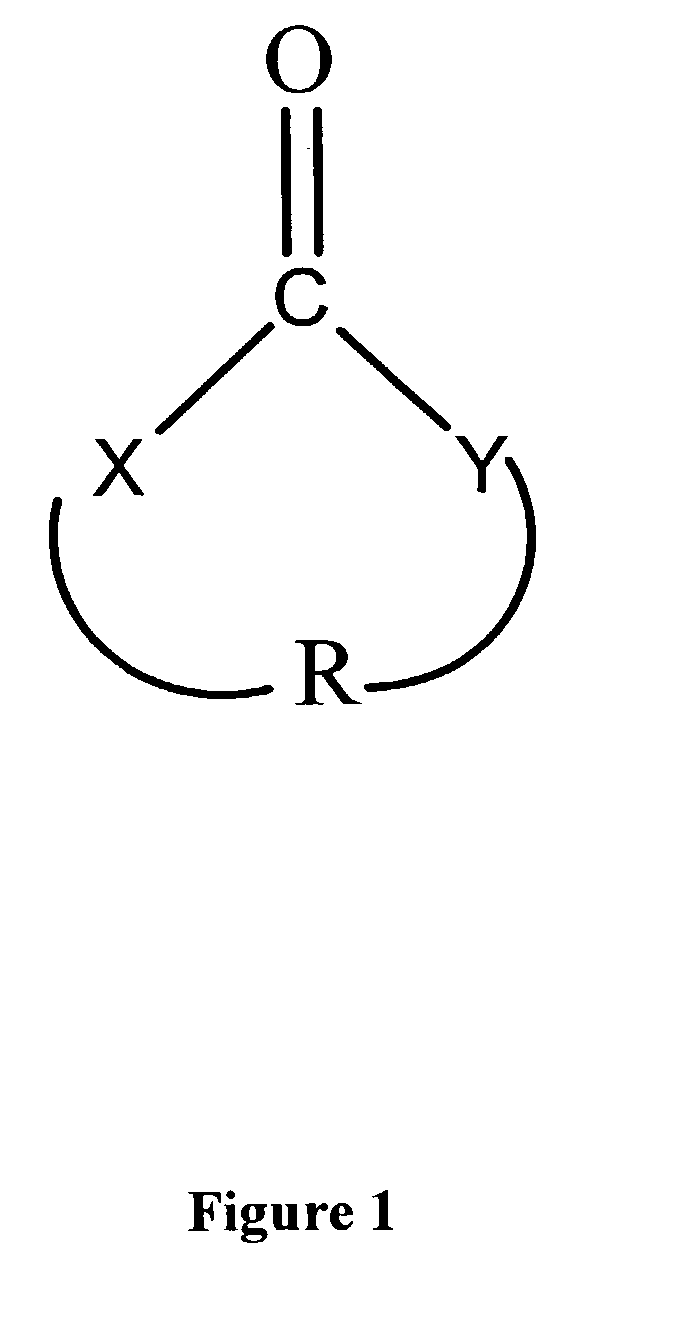Nail polish remover
- Summary
- Abstract
- Description
- Claims
- Application Information
AI Technical Summary
Benefits of technology
Problems solved by technology
Method used
Image
Examples
example 1
Evaluation of Solvents and Mixtures of Solvents for Ability to Rapidly Remove Nail Polish
[0033] Candidate solvents NMP, BLO, and EC were selected and tested for the ability to rapidly remove nail polish. Undiluted solvents and solvent mixtures were tested as shown in Table 1, below. Tests were conducted as blind side-by-side comparison studies with several volunteer test subjects. Each test was conducted by applying each sample of nail polish remover to one of the test subject's nails that was coated with nail polish. The nail polish was removed with either a tissue or with a cotton ball. Results are listed in Table 1 below, where a single plus sign indicates that the nail polish remover formulation works to remove nail polish, and a double plus sign indicates those formulations most preferred by the test subjects.
1TABLE 1 Solvent Subject 1 Subject 2 Subject 3 N-methylpyrrolidinone (NMP) + + + Butyrolactone (BLO) + + + Ethylene carbonate (EC) + + + NMP:BLO 75:25 + + + NMP:BLO 50:50 ...
example 2
Evaluation of Diluents
[0035] Various diluents were tested to determine their effect on the ability of NMP to remove a standard nail polish (Nail Savvy #716 Santa Fe Mauve). NMP was diluted with water to generate solutions having from 100% NMP to 50% NMP. Each solution was tested by dipping a tissue or cotton ball into the solution and rubbing the tissue or cotton ball on a finger nail to which Nail Savvy #716 Santa Fe Mauve had been applied. Two results were determined in each test: whether the solution removed the nail polish, and how long it took to remove the nail polish. Results are shown in Table 2. Aqueous NMP solutions of 50% did not remove nail polish. Solutions of 60% to 70% NMP in water were able to remove nail polish, but the process was slow. Aqueous NMP solutions of 80% or higher removed nail polish rapidly (less than five seconds).
2TABLE 2 NMP Water Removal Time 100% 0% Yes 10 seconds 50% 50% No Not determined
[0036] Other diluents were also tested. NMP was diluted in d...
example 3
Addition of Thickening Agent
[0038] Using 75% v / v NMP in water as a basic formulation, a series of solutions were prepared with varying amounts of thickening agents. Solutions ranging from 0.25% to 1.0% w / v carbopol or methylcellulose in an aqueous solution of 75% v / v NMP were tested for their ability to remove nail polish. The test was conducted by brushing nail polish remover onto test subject's nails and after approximately ten (10) seconds, nail polish was removed using either a tissue or a cotton ball. The preferred thickness of each the solutions was also determined. Results are shown in Table 4.
4 TABLE 4 Thickening agent Water Comments Carbopol 1.0% Too thick Carbopol 0.5% Too thick Carbopol 0.25% Good Methycellulose 1.0% Too thick Methylcellulose 0.50% Good Methylcellulose 0.25% Good
[0039] All thickened formulations removed nail polish. Occasionally, a second application of nail polish remover was needed to completely remove all traces or spots of polish that were missed on t...
PUM
| Property | Measurement | Unit |
|---|---|---|
| Fraction | aaaaa | aaaaa |
| Fraction | aaaaa | aaaaa |
| Fraction | aaaaa | aaaaa |
Abstract
Description
Claims
Application Information
 Login to View More
Login to View More - R&D Engineer
- R&D Manager
- IP Professional
- Industry Leading Data Capabilities
- Powerful AI technology
- Patent DNA Extraction
Browse by: Latest US Patents, China's latest patents, Technical Efficacy Thesaurus, Application Domain, Technology Topic, Popular Technical Reports.
© 2024 PatSnap. All rights reserved.Legal|Privacy policy|Modern Slavery Act Transparency Statement|Sitemap|About US| Contact US: help@patsnap.com










